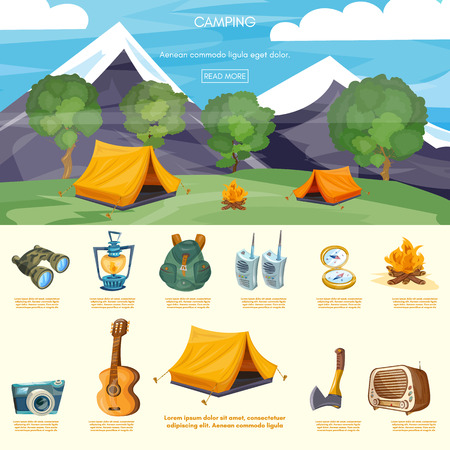Establishing your outdoor tents can be a challenging task for even experienced campers. This guide will certainly cover the essentials of pitching an outdoor tents effectively and securely so you can appreciate your outdoor camping journey without stress and anxiety or worry.
Do canvas tents leak?
Begin by outlining your outdoor tents's impact and ground sheet to shield your camping tent floor from rocks, sticks, dirt, and other debris. Next off, set up the camping tent poles and secure them to the corners of the camping tent body using the suitable sleeve or hook.
Choosing the Right Site
When you are worn down after a lengthy day walking, you wish to pitch your camping tent and prepare to sleep. But you should first take a walk around the website to make certain it is risk-free for camping. Look down and approximately learn whether any type of trees have big dead branches that might fall on your camping tent. These are in some cases called widowmakers and you don't want them to go down on you while you're resting.
Additionally make certain to stay clear of reduced areas that might flooding during a storm and to camp away from pet tracks, nests and habitats where ticks and chiggers are most likely to thrive. Search for a level, rock-free place that allows enough for your tent and any other gear you'll be bringing.
Some individuals like to set their tents up so the head end is sharp towards the east to catch the sunlight's warming rays first thing in the morning. This isn't always necessary, yet it is a wonderful touch that can assist wake you up.
Pitching Tips
It may appear evident, however proper camping tent pitching is one of one of the most crucial factors in a good night's sleep. Having a practice run in the house will certainly assist you familiarize yourself with your outdoor tents, locate all the post sleeves and bolts, and make certain whatever is in place. It's additionally a blast to exercise utilizing guylines for security and to find any busted items.
When you arrive at your outdoor camping website, analyze the terrain to see if it's suitable for your outdoor tents. An excellent general rule is to pitch the camping tent on a flat, degree area with a small downhill angle. This will enable rain to drain away from the outdoor tents as opposed to merging in front of it.
If you can't locate a degree area, take into consideration putting a tarp or various other groundsheet under your outdoor tents footprint to safeguard it from dampness. This can also aid keep dust out of the camping tent.
Using Guylines Properly
Utilizing guy lines successfully is necessary to making sure your outdoor tents or hammock stays secure in high winds and various other poor climate condition. A person line is a rope or cord that affixes to the ground with loops and D-rings in the framework, tarp, or rainfly.
Beginning by protecting one end of the line to a guyout loop on your outdoor tents or rain fly, or to the post it's connected to. Then loophole the other end of the line over a stake put well away from the structure and tighten it.
Maintaining your shelter's guy lines taut will certainly avoid sagging or drooping during gusty conditions, stopping moisture from seeping right into the outdoor tents or damage to the framework and improving comfort and security throughout outdoor camping. Always examine the tension of your individual lines during and after damaging weather conditions to guarantee they stay safe. Additionally, take into consideration packing a guy line tensioner to quickly adjust and preserve the correct amount of stress in your lines.
Taking Down the Camping tent
When working out into your camping area, find a spot with pretty tents a level location and clear it of rocks and debris. Additionally, make sure to lay down an outdoor tents footprint or tarpaulin slightly smaller sized than your camping tent body to prevent water merging. This helps maintain your tent completely dry from rainfall or condensation and can be especially useful in gusty areas.
Analyze your gear, consisting of the tent things sacks to make sure absolutely nothing is missing. Inspect that the posts suit their clips and replenish first-aid products if required.
When it's time to pitch your camping tent, start by orienting the doors downwind, and stake down each corner of the camping tent. If the ground hangs or sandy, consider spreading a tarpaulin under your outdoor tents to safeguard it from wind and lower the likelihood of your camping tent toppling. Also, make sure to make use of guylines efficiently to tie down your rainfly and maintain it taut. A well-pitched camping tent can protect against leaking, condensation, and sun damages.
What is the best thing to sleep on when camping?
